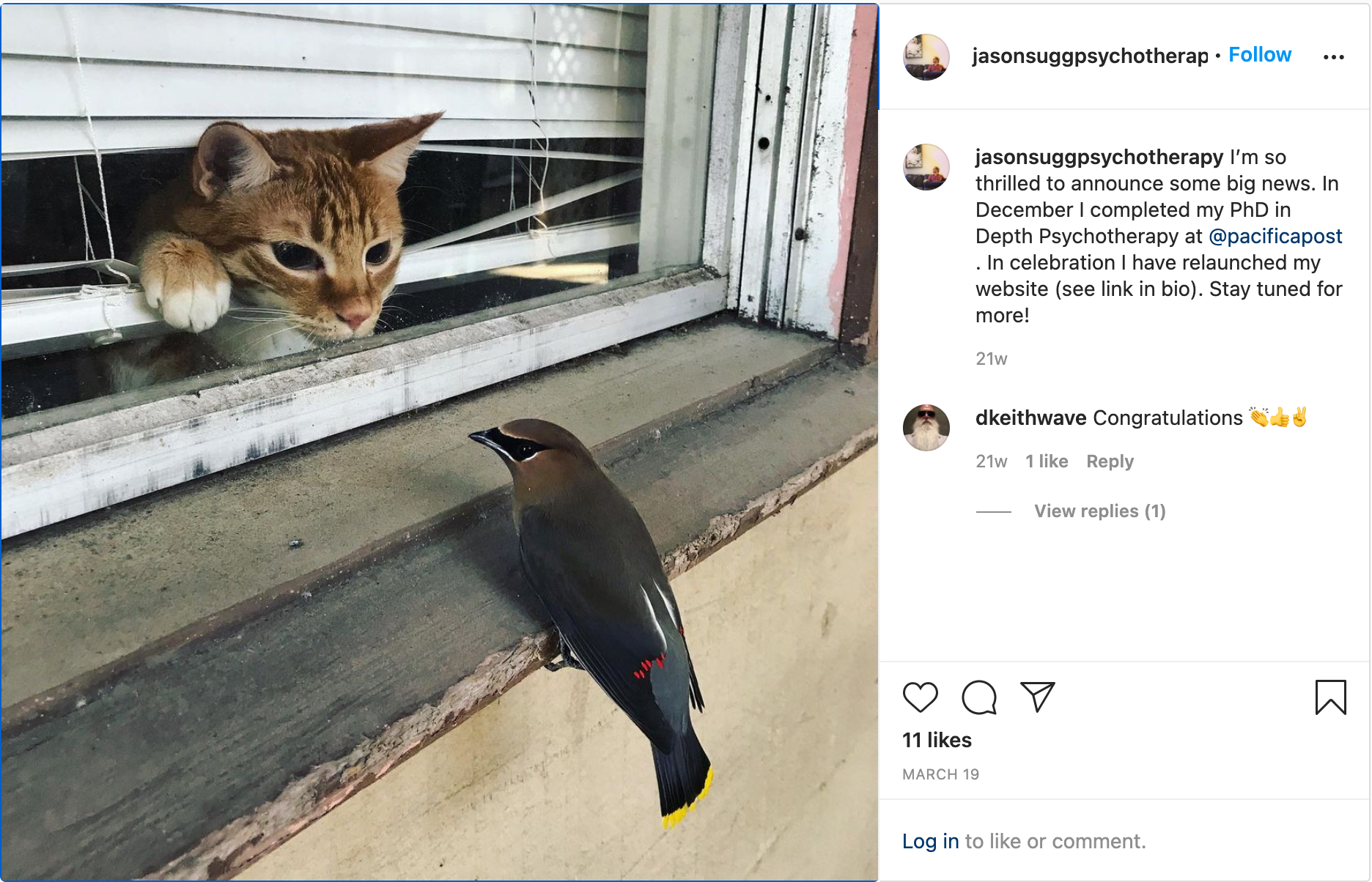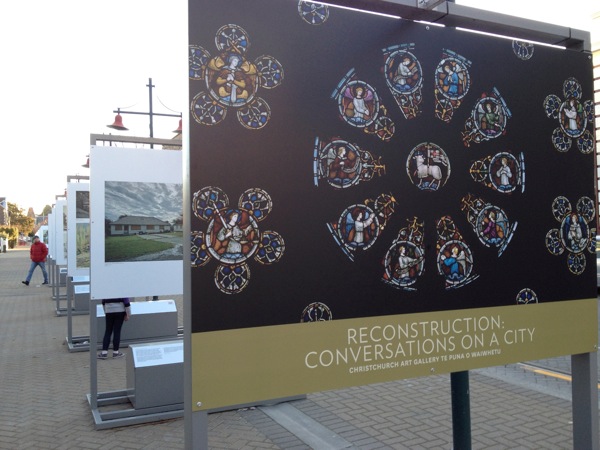Night

Night and day – Day
I am not as prolific as in my ThousandSketches days. But when the urge comes I find I’m enjoying my productions. I recently sold a few prints and loved making them. Last night I thought about spring. I made the image below, Day I called it. So I also made a Night. Next post.

Small Graces: Mapping a Route of Beauty to the Heart of the World
Small Graces Mapping a Route of Beauty to the Heart of the World
by Jason Sugg
Submitted in partial fulfilment of the requirements for the degree of
Master of Arts in Counseling Psychology
Pacifica Graduate Institute
14 February 2012
Has a whole section on Participation Mystique and I-Thou.
Well researched.
Below is an enticing quote. The reason I’m attracted to this work is that I think that the very relationships we are discussing here, participatory, with the ego dropped, with heightened awareness of self and other, are also the relationships that are needed between therapist and client, and partners in a relationship. It’s not well grasped: they are vital to knowing each other. We can’t know others at this level of consciousness without participating in the relationship with full role reversal. Continue reading “Small Graces: Mapping a Route of Beauty to the Heart of the World”
Music

Exploring an old theme of mine with new apps.
There is rhythm in this style so I call them Music.
Podcasts I’ve enjoyed lately
I’ve been using Pocketcasts on the iPhone. The first one I’ve liked in all these years. The iTunes one never satisfied and the way I used to do it – was clumsy. But it worked and was essentially what I did on the Palm.
Conversations on a City
With the art Gallery out of action this is a wonderfully innovative exhibit. I was moved to see that with many of these buildings gone, their heritage can survive.

I am nature
Posted a few on my other blog in the last week or two… on a theme – nature and how thinks relate to their past origins.
I am as it were in a slow almost imperceptible meditation on the word “inevitable”. The art of finding a way through the maze of the possible. Certain turns forfeit possibilities but open others. Beed reading E O Wilson on all this. Pigs can’t fly.
~~~
Later Sunday, 28 January, 2018
This 4 years before http://kk.org/books/the-inevitable/
I am nature Triptych
No I’ve not yet printed them but put them on Pinterest, and snapped the three side by side.
Well worn iPad
Following this idea that the digital image can fade, wear, and enhance its beauty over time.





